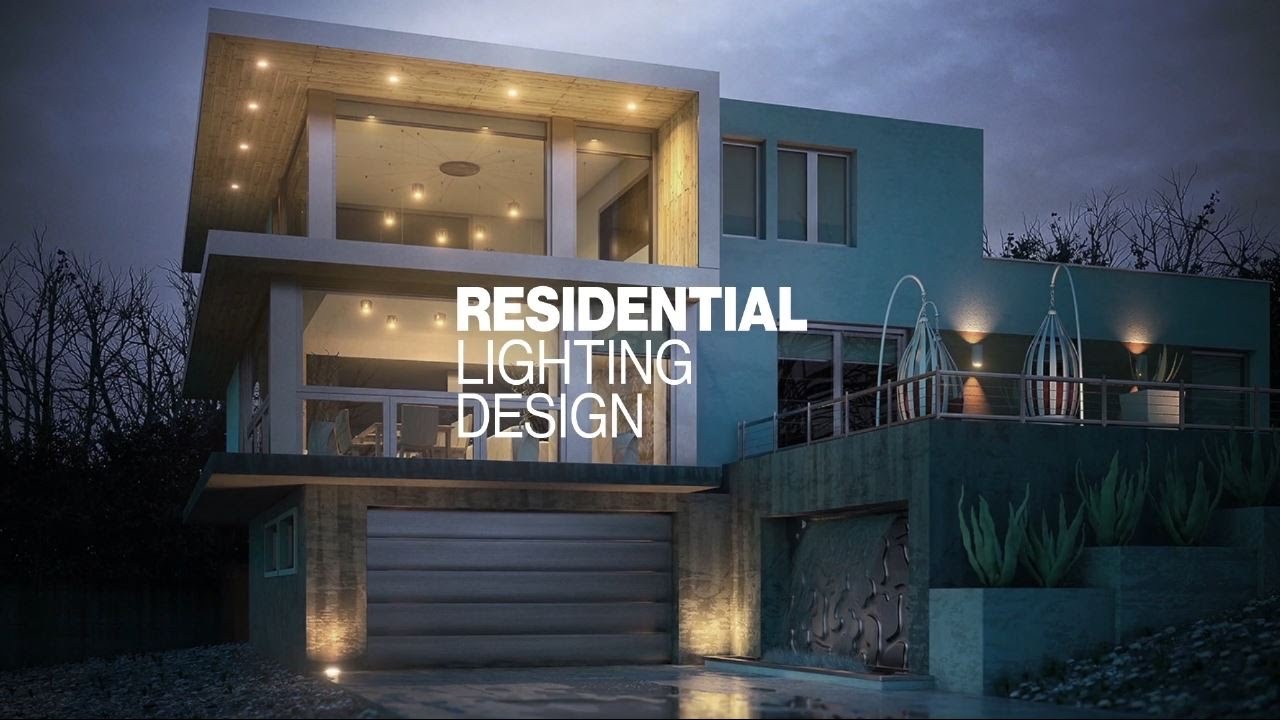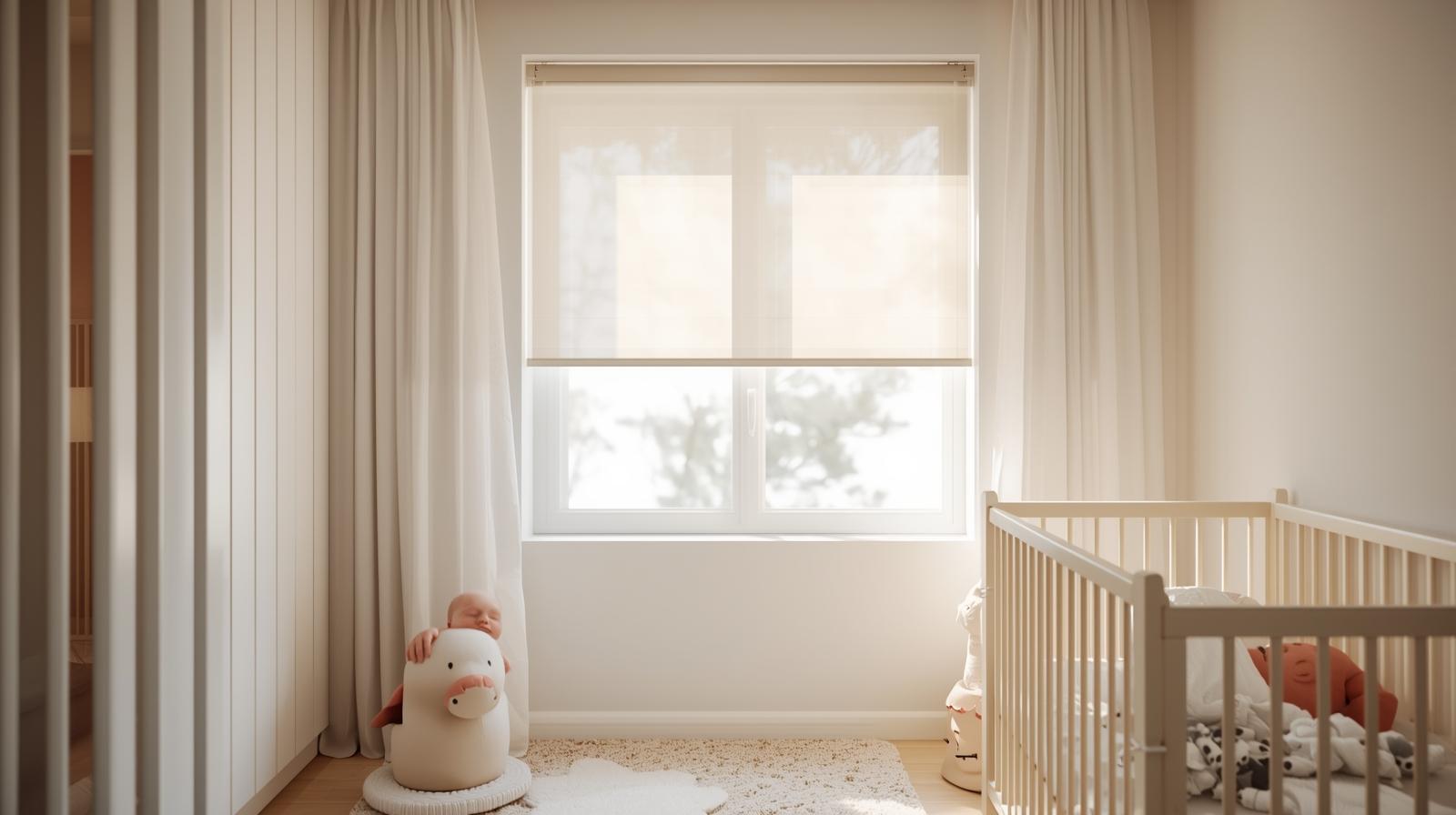The Power of Perfect Lighting in Home Design
Lighting plays a crucial role in the overall aesthetic and functionality of your home. It can transform a space, create different atmospheres, and even affect your mood. Yet, many homeowners overlook this essential aspect of interior design. In this post, we will explore practical tips to help you implement effective residential lighting designs that not only beautify your living space but also enhance its usability. Whether you’re an avid interior design enthusiast or simply looking to improve your home’s ambiance, these insights will guide you through creating a well-lit and welcoming environment.
Understanding Light Types
Natural vs. Artificial Light
Natural light is the light that comes from the sun, which has several benefits including improving mood and reducing energy consumption. In contrast, artificial light comes from man-made sources like light bulbs and fixtures. Each type has its own set of advantages and can be used strategically to complement one another. For example, maximizing natural light during the day can make a home feel more open and airy, while artificial light provides necessary illumination during the night, notes leading property management company, OKC Homes 4 You Management.
Impact of Light Temperatures on Mood and Functionality
Light temperature, measured in Kelvins (K), affects how a space feels and functions. Warm light (2000K-3000K) creates a cozy and inviting atmosphere, making it ideal for living rooms and bedrooms. Cool light (4000K-5000K) is more energizing and is useful in functional areas like kitchens and bathrooms. Understanding the impact of light temperatures can help you choose the right lighting for each room in your home.
Room-by-Room Lighting Guide
Living Room Lighting Tips
The living room is often the heart of the home, where family members gather and entertain guests. A layered lighting approach works best here. Combine ambient lighting like ceiling fixtures with task lighting such as floor lamps for reading areas. Accent lighting can highlight artwork or architectural details, adding depth and interest to the room.
Bedroom Lighting Tips
For a relaxing and restful bedroom, consider soft, warm lighting. Bedside lamps with adjustable brightness are perfect for reading before sleep. Adding a dimmer switch allows you to control the light levels, creating a serene environment that’s conducive to relaxation and sleep.
Energy-Efficient Lighting Solutions
Introduction to Energy-Efficient Lighting
Energy-efficient lighting is not only good for the environment but also helps reduce your energy bills. Switching to energy-efficient lighting solutions can significantly lower your home’s energy consumption without sacrificing brightness or quality.
Recommendations for LED Lighting
LED lights are a popular choice for energy efficiency. They use up to 85% less energy than traditional incandescent bulbs and last much longer. Plus, they come in a variety of styles and colors to fit any home decor. Smart LED bulbs can be controlled remotely, allowing you to adjust lighting levels and even change colors to suit your mood or occasion.
Smart Home Lighting Systems
Smart home lighting systems offer convenience and energy savings. These systems can be programmed to turn lights on and off at specific times or be controlled via a smartphone app. Some even integrate with voice assistants like Alexa or Google Home, making it easy to manage your home’s lighting with a simple voice command.
Lighting Design Trends
Overview of Current Trends
Keeping up with the latest lighting design trends can give your home a modern and stylish look. Trending now are minimalist light fixtures, vintage-inspired Edison bulbs, and the use of mixed materials like metal and wood. These elements can add a contemporary touch to any room. Holiday lighting San Diego adds warmth, charm, and festive spirit to homes, businesses, and public spaces during the celebratory season.
Incorporating Trends Without a Complete Overhaul
You don’t need to completely redo your lighting to incorporate trends. Start small with statement pieces like a unique chandelier or trendy table lamp. Swapping out old light bulbs for trendy Edison bulbs can also update the look of your space without major changes.
DIY vs. Professional Installation
Pros and Cons of DIY Lighting Projects
DIY lighting projects can be rewarding and cost-effective. They allow you to personalize your lighting design and save on installation costs. However, they require a certain level of skill and knowledge to ensure safety and effectiveness.
Hiring a Professional
While hiring a professional may be more expensive upfront, it ensures that your lighting is installed correctly and safely. Professionals can also provide valuable advice and insights into the best lighting solutions for your home. This can be particularly beneficial for complex lighting designs or whole-home automation systems.
Conclusion
Effective lighting design is about more than just illuminating a space—it’s about creating an atmosphere, enhancing functionality, and reflecting your style. By understanding the different types of light, choosing the right lighting for each room, and considering energy-efficient solutions, you can transform your home into a well-lit haven. Don’t be afraid to experiment and personalize your lighting to suit your needs. And if you need a bit more guidance, our team of experts is always here to help. Illuminate your world with thoughtful lighting design and enjoy the beauty and functionality it brings to your home.





